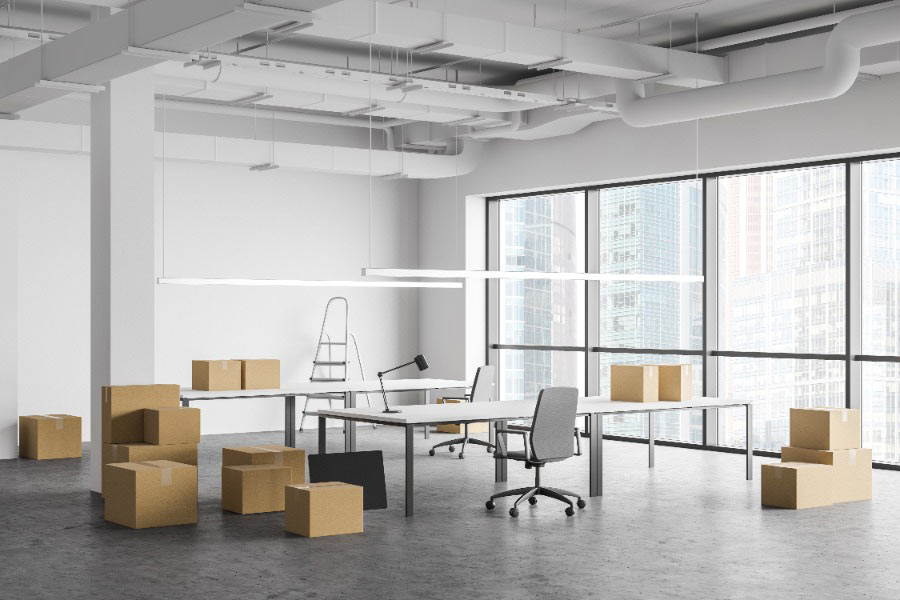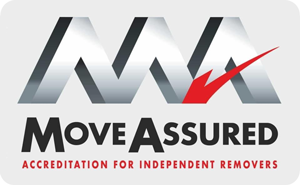Moving a piano can be a daunting task due to its size, weight, and delicate nature. Whether you’re relocating to a new home or simply rearranging your living space, it’s crucial to handle your piano with care to avoid damage. In this blog post, we will provide you with expert tips and techniques to safely move a piano and ensure its protection throughout the process.
- Assess the Move and Gather Necessary Equipment:
Before you start the moving process, assess the logistics involved. Measure doorways, hallways, and staircases to ensure your piano can pass through smoothly. Next, gather the necessary equipment, including heavy-duty straps, moving blankets, furniture dollies, and a piano board. Having the right tools on hand will make the moving process more efficient and help safeguard your piano against potential damage. - Enlist Professional Help:
Moving a piano is not a one-person job. Due to its weight and bulkiness, it’s highly recommended to enlist professional piano movers or a team of strong individuals experienced in piano moving. Their expertise and specialized equipment will ensure the safe handling and transportation of your piano. Hiring professionals also reduces the risk of personal injury and minimizes the chances of damage to the instrument. - Protect the Piano:
Before you begin the moving process, take measures to protect your piano. Wrap the entire instrument with moving blankets or padded covers to safeguard it against scratches and dings. Use secure packing tape to hold the blankets in place. Additionally, cover the keyboard with a soft cloth or plastic wrap to prevent dust or debris from entering the interior of the piano. - Secure the Lid and Pedals:
To prevent any accidental opening or damage to the piano lid during the move, secure it tightly using tape or straps. Similarly, secure the piano pedals to ensure they don’t shift or become damaged in transit. Taking these precautions will help maintain the integrity of your piano and prevent any unnecessary repairs or adjustments once it reaches its destination. - Plan the Moving Route:
Carefully plan the moving route to avoid any obstacles or tight spaces that could pose a challenge during the move. Clear the path by removing furniture, rugs, and other potential obstructions. Ensure that doorways, staircases, and hallways are wide enough to accommodate the piano. By mapping out the route in advance, you can reduce the risk of accidental bumps or damage to the instrument. - Use Proper Lifting Techniques:
When lifting the piano, it’s crucial to use proper lifting techniques to prevent personal injury and protect the instrument. Lift with your legs, not your back, and keep a straight posture. Distribute the weight evenly among the individuals involved in the move. Avoid sudden movements or jerks while lifting and ensure a secure grip on the piano to maintain control throughout the process. - Utilize Furniture Dollies and Piano Boards:
Using furniture dollies and piano boards can significantly ease the process of moving a piano. Place the piano on a sturdy furniture dolly, ensuring it is securely strapped or fastened. The dollies allow for easier manoeuvrability, especially over smooth surfaces or ramps. If necessary, transition the piano from the dolly to a piano board to navigate stairs or uneven surfaces, ensuring the safety of the instrument at all times. - Exercise Caution with Stairs and Elevators:
When encountering stairs or elevators during the move, exercise extreme caution. Stairs require additional manpower and coordination to safely navigate the piano. Utilize straps and secure grips to maintain control while moving up or down the stairs. In the case of elevators, ensure that the weight limit is not exceeded and that the piano fits comfortably inside. Protect the piano and elevator walls with moving blankets or padding to prevent any accidental damage during the transportation process. - Communicate and Coordinate:
Effective communication and coordination among the moving team are essential when moving a piano. Assign specific roles and ensure everyone understands their responsibilities. Establish clear signals or verbal cues to communicate when lifting, turning corners, or encountering obstacles. Maintain constant communication to ensure a synchronized and smooth movement of the piano, minimizing the risk of accidents or damage. - Reassemble and Tune the Piano:
Once the piano is safely transported to its new location, it’s important to allow it to acclimate to its new environment for a few hours. Afterward, carefully remove the protective coverings and reassemble any parts that were secured for the move. Finally, it’s highly recommended to have a professional piano tuner visit to ensure the piano is properly tuned and adjusted for optimal sound quality.
Moving a piano requires careful planning, specialized equipment, and proper techniques to ensure its safety and protection. By following these expert tips and techniques, you can confidently navigate the process of moving a piano. Remember to prioritize safety, enlist professional help when necessary, and take the necessary precautions to safeguard this cherished instrument during its relocation.
In conclusion, moving a piano is a task that should be approached with caution and care. By assessing the move, gathering the necessary equipment, enlisting professional help, protecting the piano, planning the moving route, using proper lifting techniques, utilizing furniture dollies and piano boards, exercising caution with stairs and elevators, and communicating and coordinating effectively, you can ensure a smooth and safe piano move. With these expert tips and techniques, you’ll be able to relocate your piano to its new destination with peace of mind and preserve its beauty and functionality for years to come.







